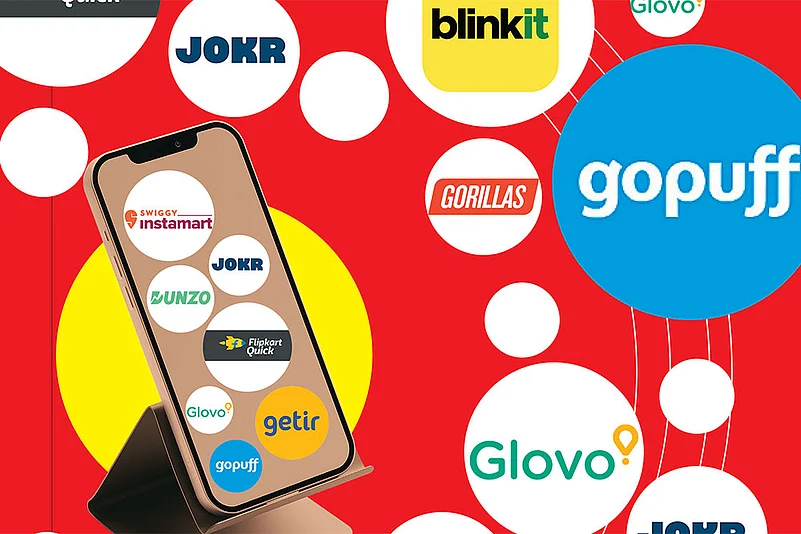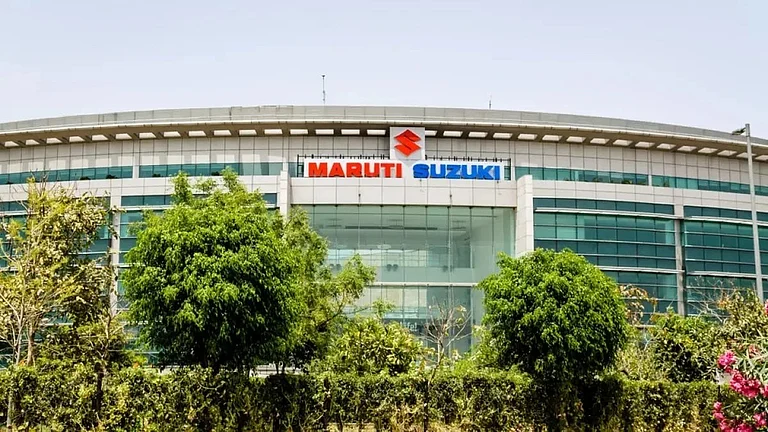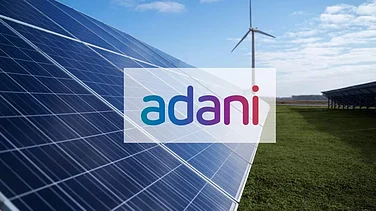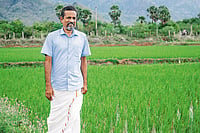Like most Gen Xers, I prefer ordering my groceries online. This time around, I decided to try the 10-minute delivery offered by Grofers in its Blinkit avatar. The experience was not bad at all. The delivery boy, however, was out of breath.
It got me thinking. Are such superfast deliveries, which are driving the quick commerce segment, sustainable? Globally, strikes by delivery agents of quick commerce companies are common. Riders and dark store workers of Spanish quick commerce company Glovo recently went on strike in Barcelona, demanding improvements to working conditions and a higher pay. In India too, backlash is brewing over the impact of ever-intensifying demands on India’s delivery personnel. Moreover, leading cities in India are already some of the most densely populated in the world, and the addition of last-mile transport may only worsen current traffic and carbon footprint issues. The path to profitability is another question mark on the segment.
Money Matters
Investors, however, seem upbeat about quick commerce in India. While Reliance Retail led a $240 million funding round in quick commerce firm Dunzo, owning a 25.8% stake in the Bengaluru-based start-up, Zepto, one of the biggest disrupters in the segment, managed to raise $160 million within six months of inception, doubling its valuation to $570 million. Even Swiggy recently made a $700 million investment in its quick commerce vertical Instamart, and Zomato—already an investor in Blinkit—is expected to pump in a further $500 million, thus intensifying the battle between the two food-delivery giants. In fact, according to a report by consulting firm Redseer, India’s quick commerce sector is expected to grow 10-15 times in the next five years to become a $5-billion market by 2025.
The question is whether the quick commerce model will work in India. “It is early days for quick commerce in India, but one thing is certain, it will never fully capture your shopping cart. It will take a part of your overall spends. The segment players are trying to break two habits: one is the digital habit and the other is the offline habit. Online is that we do not have to wait for a delivery slot, as is the case with most ecommerce grocery players, and offline is that we do not have to go to the kirana store,” says Ankur Pahwa, ecommerce and consumer internet leader and transactions diligence partner, EY India.

Opportunity in the Pandemic
The demand for quick commerce picked up in India when, because of the pandemic-induced lockdowns, the entire grocery purchase mechanism shifted overnight to online. The concept can be correlated to the kirana stores that deliver groceries to customers in the neighbourhood. In quick commerce scenario, these have been replaced with dark stores—storehouses for quick commerce players—delivery cost and product discounts, the latter being one of the most attractive aspects for consumers.
Dunzo, which entered the quick commerce space in 2021 with a 19-minute express-delivery model in Bengaluru, wants to expand to 20 more cities in the next one year. “We intend to create a large delivery fleet, which will enable us to be available to literally every local merchant to go ahead with and use our services for their logistics. Over the last 12 months, we have made a conscious shift to position us as ‘the neighborhood convenience store that offers a 100% predictable selection of daily needs, fast deliveries and the best quality of fresh fruits and vegetables’,” says Kabeer Biswas, CEO and co-founder, Dunzo.
Biswas claims that Dunzo has perfected the balance between speed and selection. He says, “With Dunzo Daily, we are able to offer a targeted selection of SKUs (stock keeping unit) based on consumer demand and drive store and delivery efficiency with a full-stack model that runs via a network of micro-warehouses.” The start-up is upbeat about its partnership with Reliance and hopes to cash in on the latter’s reach in multiple cities to expand further.
Sid Talwar, co-founder and partner, Lightbox, an investor in Dunzo, is confident of Dunzo’s play in the segment. “Dunzo is building a replacement of the supermarket. Others are trying to build a convenient store selling snacks. … Our belief is that grocery shopping is becoming more and more spontaneous rather than a planned event. If that is the trend, companies like Dunzo are solving that need in the best possible way,” he says.
Managing Customer and Delivery Partner
For sustenance, currently, none of the players is charging a delivery cost or keeping any requirement for orders of a minimum value, which can be seen as an old trick that start-ups employ to amass users and inculcate the habit before monetising the model. In fact, most of the players are offering a minimum of 10% discount on products. “The sustainability of these companies will depend on the willingness of customers to pay delivery charges … or the likelihood of these brands to offer discounts for large order volumes and efficient inventory/dark store management. Interestingly, it took a newbie Zepto to figure out a simple model of delivering in less than 10 to 15 minutes instead of existing heavyweights with access to all the funding, such as Swiggy, Dunzo, Zomato and Grofers,” says Ankit Kedia, founder and lead investor, Capital A.
When two 19-year-old Stanford scholars Aadit Palicha and Kaivalya Vohra founded Zepto, a 10-minute instant delivery service last year, no one knew that it would become the most talked about start-up in the quick commerce space. The company has managed to crack the 10-minute delivery experience at scale by achieving a median time of roughly eight minutes and 47 seconds for completing deliveries.
But, don’t such fast deliveries put pressure on the delivery personnel? “Our delivery partners stay with us longer than any other hyperlocal player in the last-mile space. The advantage of our platform is that a rider stays in one area and fulfills orders, and this stability helps us keep our riders. Many of our riders and store staff earlier worked in factories, which was strenuous. We provide much better work conditions and a lighter work environment within our delivery hubs,” says Aadit Palicha, CEO and co-founder, Zepto.
The immediate fallout of a late delivery is a temper tantrum: The customer repeatedly calls the delivery person or questions them, sometimes even aggressively, once the delivery person shows up. It means that on the ground, most riders are panicking about not meeting these short windows. “I hope companies in India learn from the mistakes being made abroad. I believe that delivery companies, irrespective of industry, will have a learning curve, but will eventually create a working model of how best to employ delivery partners,” says Talwar.
Competitive Kirana Stores
The journey to profitability for quick commerce, experts say, may be a long one. However, compared to food delivery companies, quick commerce ventures can turn profitable, because they control the entire supply chain just like ecommerce-based entities. “The question is whether customers are willing to pay for delivery charges or if these companies can figure out indirect ways to charge their consumer base and increase efficiency of operations to turn profitable. The profitability will also depend on the expansion of quick commerce beyond just grocery delivery,” says Capital A’s Kedia.
It does not seem that neighbourhood grocery stores are going anywhere irrespective of the huge investments being made in quick commerce. But, they will feel the impact. “Quick commerce will be one more platform that you shop from. It won’t replace any business. Will kirana stores lose to quick commerce? They will. Will standard grocery delivery apps lose to quick commerce? They will. It is going to be a journey,” says EY India’s Pahwa.
The success of any quick commerce model is to have dark stores in the vicinity of the area of delivery: ideally, a delivery boy should deliver within a radius of 1.5 to two kilometres from the storehouse to be able to make a quick delivery. Another crucial factor is the smart curation of inventory in dark stores, as the cost of real estate in densely populated areas can have a bearing on profitability. Other factors include average order value, pocket density of consumers, rider efficiency and number of orders served per dark store.
With the consumables market in India projected to grow for the next five years at a CAGR of around 6% to hit around $1 trillion by 2025, the success of quick commerce in India will be closely watched.






























